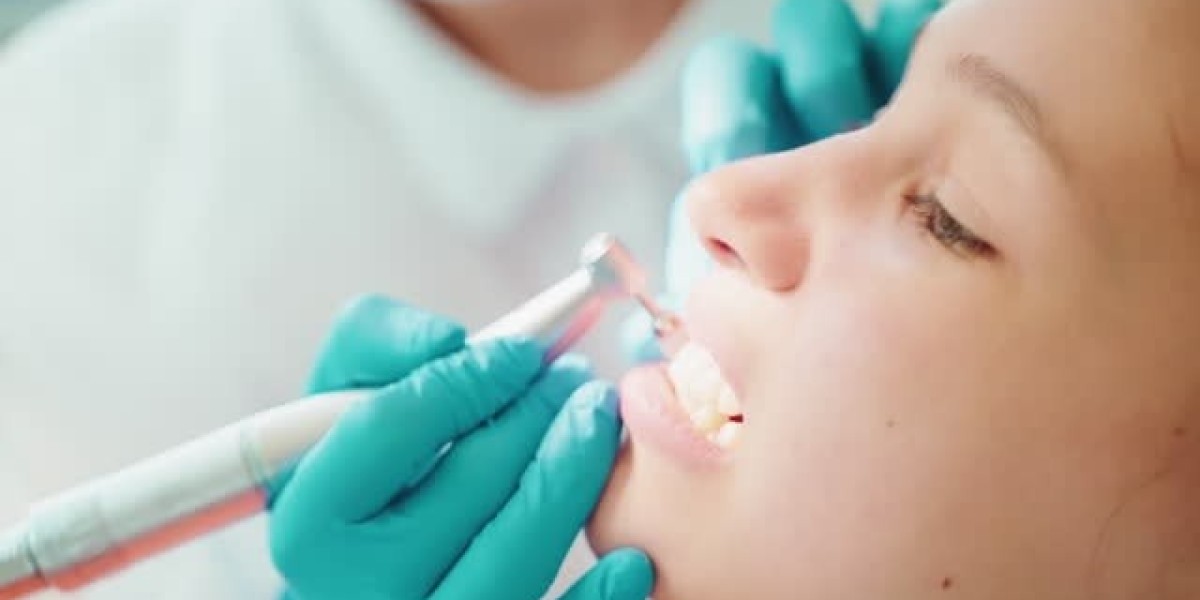In today's health-conscious world, the connection between oral health and overall well-being is increasingly recognized. Myofunctional dentistry, a specialized branch of dental care, exemplifies this holistic approach by addressing not only dental issues but also improving posture and overall facial harmony. This innovative practice emphasizes the importance of orofacial muscles and their influence on dental and postural health, promising a confident posture and a radiant smile.
Understanding Myofunctional Dentistry
Myofunctional dentistry focuses on the function and position of the orofacial muscles—those that control the mouth, face, and neck. It recognizes that improper muscle function can lead to a variety of dental and postural problems, such as misaligned teeth, jaw pain, and even poor posture. By correcting these dysfunctions, myofunctional therapy aims to enhance both dental health and physical posture.
The Interplay Between Posture and Oral Health
Good posture is not just about standing tall; it significantly impacts overall health. Poor posture can lead to various issues, including back pain, neck pain, and even headaches. Surprisingly, the alignment of your teeth and the health of your jaw play a crucial role in maintaining proper posture. Misaligned teeth and an imbalanced bite can cause the head to tilt forward, leading to a domino effect of poor postural habits. Myofunctional therapy helps address these underlying issues by promoting proper tongue posture, correct swallowing patterns, and balanced muscle function.
Uses of Myofunctional Therapy
Improved Dental Alignment: Myofunctional therapy can help in correcting improper bites and aligning teeth. By retraining the orofacial muscles, the pressure on the teeth is balanced, reducing the risk of misalignment and the need for orthodontic interventions.
Enhanced Facial Aesthetics: Proper muscle function contributes to better facial symmetry and aesthetics. This can lead to a more attractive appearance and a radiant smile, boosting self-confidence.
Better Breathing and Sleep: Myofunctional therapy encourages nasal breathing and proper tongue posture, which can alleviate issues like sleep apnea and snoring. Improved breathing patterns lead to better sleep quality and overall health.
Pain Relief: Many people suffer from temporomandibular joint (TMJ) disorders, which can cause chronic pain in the jaw, neck, and shoulders. Myofunctional therapy addresses the root causes of these disorders, providing long-term relief.
Myofunctional Exercises and Techniques
Myofunctional therapy involves a series of exercises designed to strengthen and retrain the orofacial muscles. These exercises are typically simple and can be performed at home with guidance from a trained therapist. Common exercises include:
- Tongue Posture Exercises: Ensuring the tongue rests against the roof of the mouth, which promotes proper dental alignment and aids in breathing.
- Swallowing Techniques: Training to swallow correctly without pushing the tongue against the teeth, preventing misalignment.
- Lip Sealing: Keeping the lips closed to encourage nasal breathing and improve muscle tone around the mouth.
These exercises, when performed consistently, can lead to significant improvements in both dental health and posture.
Integrating Myofunctional Dentistry into Your Routine
To achieve the best results, myofunctional therapy should be integrated into your daily routine. Regular visits to a myofunctional therapist or dentist who specializes in this field can provide personalized guidance and monitor progress. Additionally, being mindful of your posture throughout the day, especially during activities such as working at a computer or using a smartphone, can complement the benefits of myofunctional exercises.
Conclusion
Myofunctional dentistry offers a comprehensive approach to improving both dental health and overall posture. By addressing the underlying muscle dysfunctions, it promotes a radiant smile, better facial aesthetics, and a confident posture. Embracing this holistic therapy can lead to a significant improvement in quality of life, enhancing not only how you look but also how you feel. Whether you're dealing with dental alignment issues, TMJ disorders, or poor posture, myofunctional dentistry provides an effective and natural solution for achieving optimal health and well-being.








